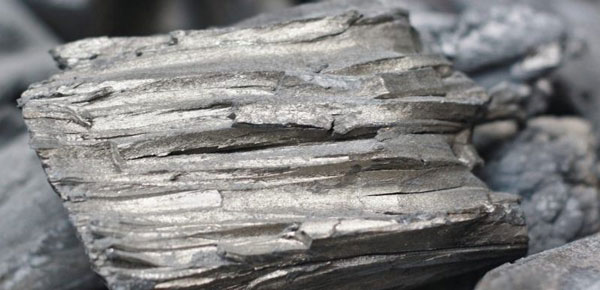
If you are interested in learning more about calcium metal, you may want to read about the various forms and sources of calcium metal. You can also learn about its common uses. Here are some ways to purchase calcium metal. You can also learn about its price. You can purchase the metal as pieces in oil or under argon to retain its luster.

Calcium carbonate prices have been relatively stable in the second quarter of 2022, following the pattern of the first quarter. This trend was aided by a strong domestic demand in both the downstream and pharmaceutical sectors. Ongoing supply chain problems and high raw material costs have also added to the pressure on prices.
Calcium metal is available in several forms, including discs, granules, ingots, rods, wire, and sputtering targets. It can also be found in ultra-purity forms, such as metal powder, submicron powder, and quantum dots. It can also be found in solutions and alloys that contain other elements.
Calcium is a metal that is found in many forms. It is commonly available in disc, granule, and ingot forms, and can also be found in powder form. It can be used in the manufacture of alloys. It is also used as a reducing agent and in the preparation of steel. In addition, it is used in the manufacturing of cements and mortars.
Calcium is also a useful compound that forms hard minerals. Limestone, for example, is made from calcium oxide. It is also called quicklime. It is often used in construction because of its ability to absorb carbon dioxide in the air. Lime is also useful in lighting, as it emits a white light when heated. It was originally used in lighthouses, surveying, and theaters.
Calcium metal is used in the production of uranium. It is available in various forms, such as disc, granules, ingots, rods, wire, and sputtering targets. It can also be purchased in ultra-high purity forms, such as metal powder, quantum dots, and submicron powder. It is also available as a solution for thin film deposition. The calcium metal is widely available and generally available in large volumes.
It is an alkaline earth metal that has a silvery appearance. It reacts with air slowly and more quickly with water, giving off pure hydrogen gas. Besides being important in the production of strong bones, calcium metal is also used in biochemicals. The calcium ion regulates the functions of nerves and muscles. For this reason, it is important to store the metal in an inert atmosphere, such as under an argon-sealed container.
Calcium metal is a versatile element that is used in a number of applications. Its chemical properties make it an excellent alloying agent and deoxidizer for many different metals. Calcium is also commonly used as a reduction agent in the manufacture of other metals. Calcium is also used in the treatment of diseases that affect the bones, including osteoporosis. People with this condition have a low bone mineral content, which calcium can help correct.
Calcium is a member of the alkaline earth metals. Alkaline earth metals, like magnesium and beryllium, are abundant in the Earth's crust. Alkali metals are more reactive than other metals. They are found in nature in small amounts and are used in a variety of industries, including ceramics and electronics.
Calcium is one of the most abundant elements in the earth's crust and is a member of the alkaline earth elements. It is a soft metal with a silver surface that reacts with oxygen to form white or gray calcium oxide. It has a melting point of 850degC and a density of 1.54g/cc. It is also the fifth most abundant element in the human body.
Because of its high reactivity with common materials, calcium is used for refining zirconium, uranium, and thorium. It also helps refine other metals and alloys by removing sulfur and oxygen from them. Calcium is also commonly used as an alloying agent in vacuum tubes. When used in these applications, it acts as a getter, combining with trace gases in the vacuum tube.

Write a Message